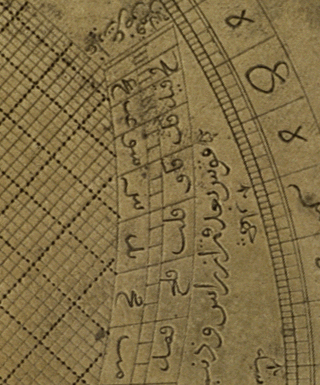
Lines of Faith
The Calendar and
the Holy Month
"Postponement of a
sacred month (al-nasi)' is only an excess of disbelief,
whereby those who
disbelieve are misled" (IX; 3)
The Islamic calendar follows the cycles of the moon, not those
of the sun and seasons. The Lunar month is only 29.5 days long, and as a
consequence the months move forward 11 days every solar year. In pre-Islamic
times, moon calendars existed which included an extra "intercalary"
month of 11 days to compensate for this difference, but this practice was
abandoned by Muhammad. Certain types of solar calendar were nevertheless used
throughout the history of Islam for agricultural and administrative purposes.
It is of major importance to every Muslim to know when the Holy Month,
Ramadan, begins, which signals the start of a month of prayer and
fasting. Islamic months begin at sunset on the day of the visual sighting of the
new lunar crescent - a judgement that could be difficult, as crescent sighting
could be affected by weather conditions, or location. Early Muslim astronomers
followed a criterion found in Indian sources: the new moon would be seen if the
difference in setting times of the moon and the sun was at least 48 minutes.
Later, as theories for Lunar motion advanced, and as spherical geometry
improved, more elaborate conditions and sophisticated tables were calculated.
These led to the production of almanacs with information on the possibility of
sightings around the beginning of each month.